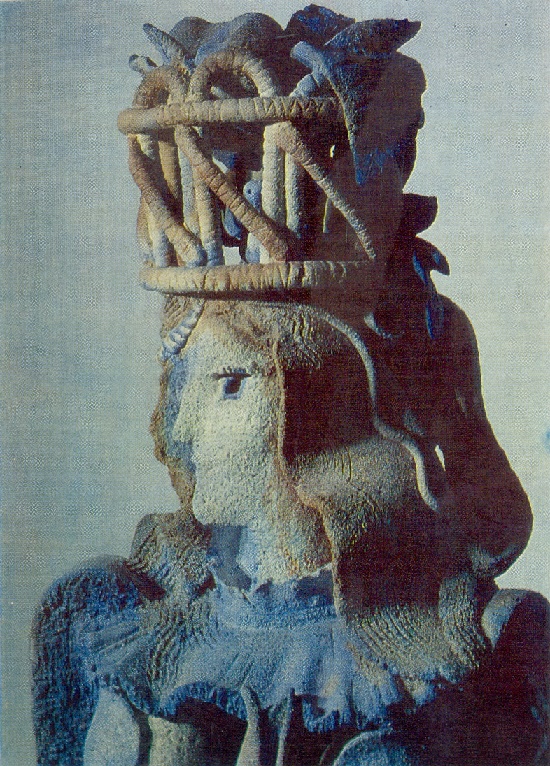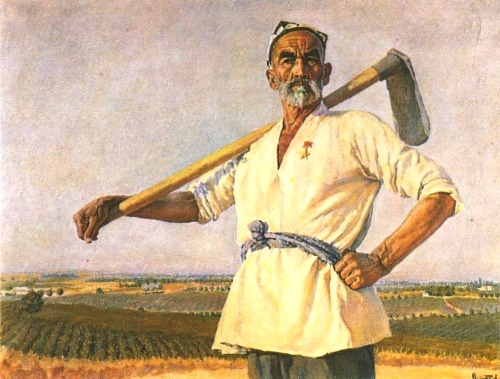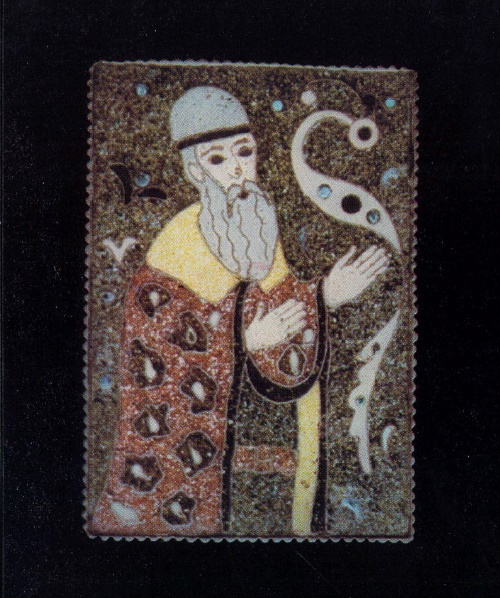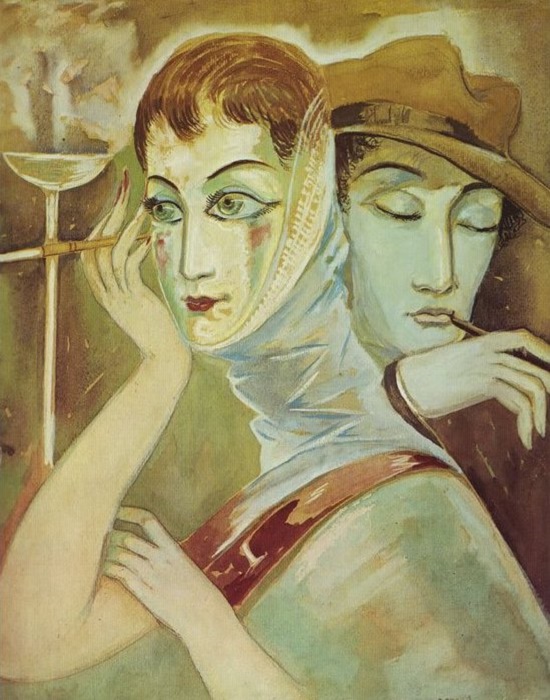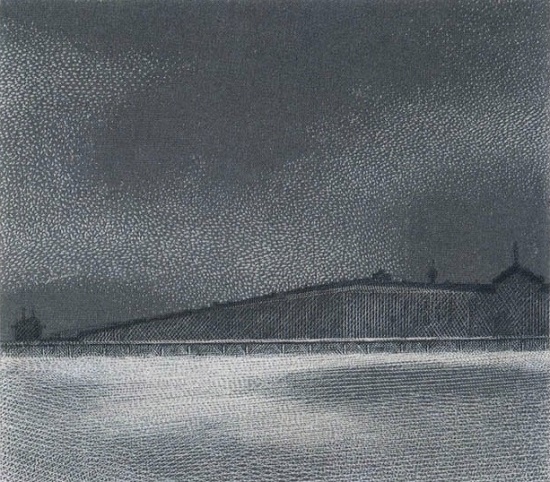Soviet theater artist Pyotr Alekseyevich Belov 1929-1988
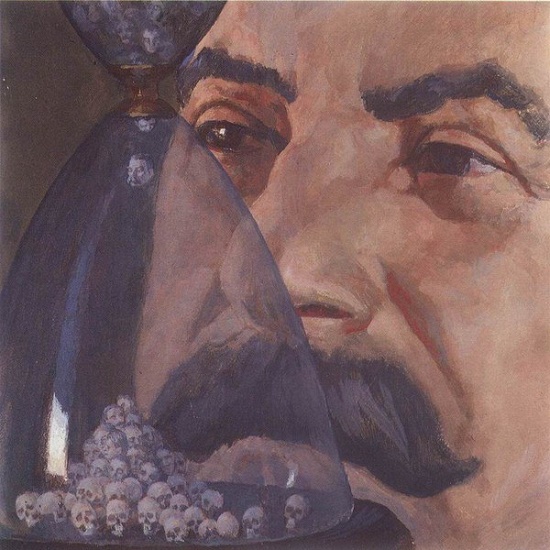
Hourglass. 1987. Soviet theater artist Pyotr Alekseyevich Belov (October 17, 1929 – January 30, 1988)
Soviet theater artist Pyotr Alekseyevich Belov
Since the beginning of perestroika and the collapse of the Soviet Union, it has become fashionable to scold the Soviet past in newspapers, from television screens, theater scenes and paintings of artists. The wave of “denunciation and condemnation” swept over Pyotr Alekseyevich Belov as well. So, according to his friends, he seemed to burst out of creating, and one by one began to appear canvases – small in size, but grandiose in their philosophical content and fullness of thought”. However, it is easy to see that all of the artist’s paintings, which metaphorically portrayed Stalin’s repressions, he created in the period 1985-1988. In total, there were 23 paintings in the “anti-Stalin cycle. Of course, they were up to date, on the wave of popularity and used as illustrations to anti-soviet and anti-Stalin articles. Interestingly, in the early 1990s, took place the premiere of the American film “Stalin” in Moscow. The film began with a panorama of the works of Pyotr Alekseyevich Belov.
Meanwhile, Pyotr Alekseyevich Belov (October 17, 1929 – January 30, 1988), Honored Artist of the RSFSR (1978), member of the USSR Union of artists (1974-1988) was mainly a theater artist.
More »
